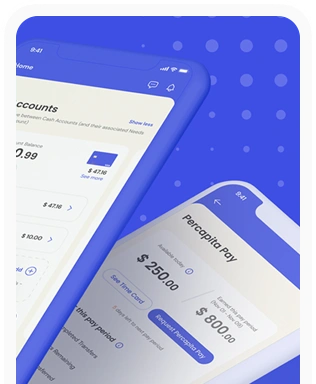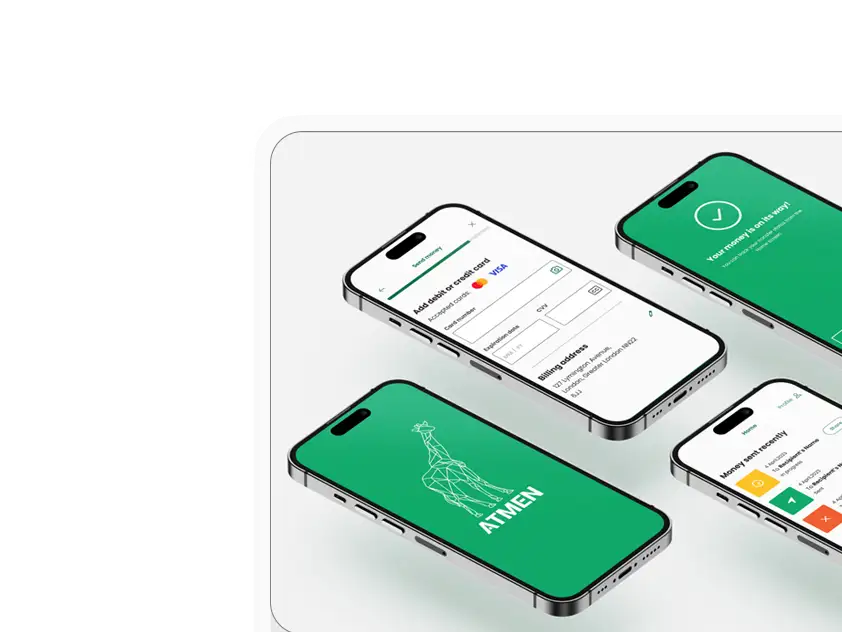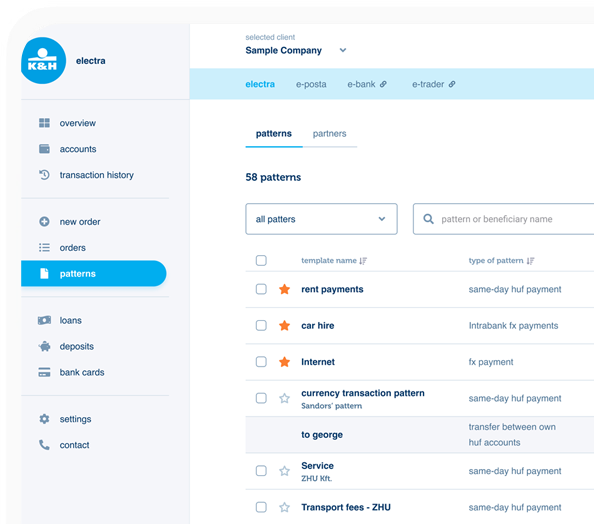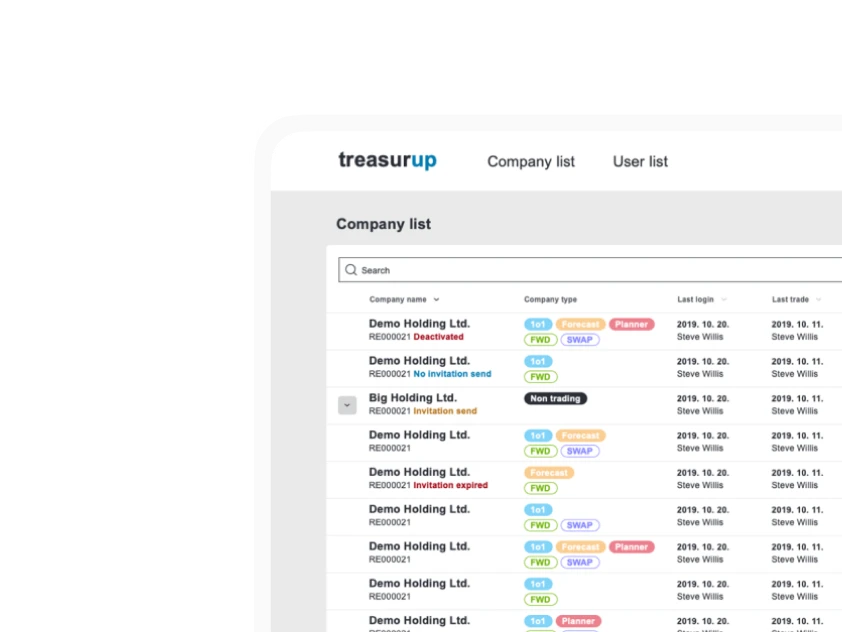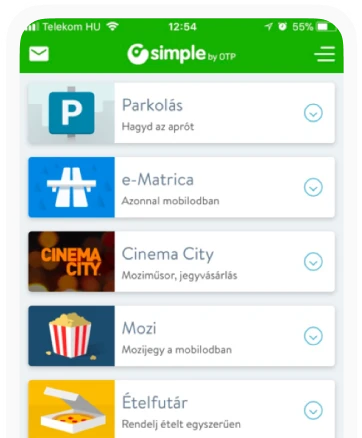The Case of the Decorator Designer and the Bank Merger: Lessons in UX Maturity from MBH Bank
We often discuss digital transformation in theory, but what does this process look like in practice, within an organization facing not only market challenges but also the complexity of a massive merger uniting three banks? We discussed this, along with the relationship between user experience (UX), measurement, and corporate culture, at the first event in our new series, the Ergomania Business Breakfast.
Hosted by András Rung, founder of Ergomania, our inaugural guest was Gábor Sólyom, Director of the website department and corporate digital channels at MBH Bank. Sólyom has nearly 20 years of experience in digital and 17 years in design, having started his career as a designer-developer before turning to management. This dual perspective made for a particularly insightful conversation, offering a glimpse into the inner workings of one of the largest players in the Hungarian banking sector. The discussion focused on the corporate business rather than the retail, which is also rare because the driving force of digital transformation at most banks is typically retail.

Three Towers Under One Flag: The Merger as a Test of UX Maturity
The fundamental context of the conversation was the creation of MBH Bank through the merger of Budapest Bank, MKB Bank, and Takarékbank, which was completed in 2023. Gábor Sólyom was blunt: Although the merger is legally complete, at the systems level, they are still "three-towered," and the process represents a clear step backward in terms of previously achieved UX maturity.
"The organization lost a lot of the maturity it had already achieved," he said, referring to the break in knowledge continuity and significant organizational fluctuation. In a merger of this scale, integration projects often take priority over customer-experience-focused developments. The different systems of banks from various eras of maturity must be presented as a single unit under one brand. This situation illustrates that UX maturity is not a static state but rather a vulnerable ecosystem that can be fundamentally shaken by such a massive organizational change. The team is now working to rebuild the knowledge and culture previously accumulated at Budapest Bank, for example, which sometimes requires external help or luring back old colleagues.
The Culture of Measurement: From Net Promoter Score to Customer Effort Score
These challenges are also evident in the world of measurement. Gábor Sólyom described the current KPI-focused measurement as insufficient, as the different capabilities of the systems make unified, in-depth measurement difficult. At the same time, he highlighted an important methodological shift that shows the evolution of user-centric thinking.
Previously, they used the Net Promoter Score (NPS), which measures how likely customers are to recommend a product or service to others. They soon realized that the NPS, when measured on a single digital channel (e.g., the website), actually reflects the general opinion of the bank or a product, not the channel itself. Therefore, they switched to using the Customer Effort Score (CES), which measures how easily a user is able to complete a specific task on a given interface. "We wanted to see how successful the customer was in achieving their specific goal in the given context, and with that, we were able to measure that context much better," he explained.
The conversation also revealed that measurements are often "campaign-like" rather than continuous. The main problem is that the collected results are not fed back into product development. Often, they just become "a file in a folder on top of some shelf." The biggest challenge is presenting the results to senior management in a way that truly influences decisions. "If we can't present it to senior management, if we can't create an ideology for it, let alone prove its meaning afterward, then although we may have improved from a customer perspective, we haven't influenced decision-makers to an extent that would create the opportunity for further development."
This kind of data-driven persuasion is essential to prove the benefits of reducing the load on the branch network or increasing efficiency, which are the most tangible arguments for leaders.
The Evolution of Digital Development: From Silos to the Decorator Designer
One of the most interesting parts of the conversation was the deeper analysis of large corporate organizational functioning and team dynamics. Sólyom outlined the evolution of digital development over the last 10-15 years, illustrating how the silos and more-or-less dysfunctional models that cause major headaches for most companies today were formed.
The initial model was that the business formulated a requirement and then "threw it over the wall" to IT. The IT staff then created some kind of software solution based on the description they received, according to their own logic and taste. The internal systems still in use today, which are functionally operational but often feel like medieval torture to use, originate from this era.
In the next stage, companies recognized the communication gap and created a kind of "translator" layer: business units or business analysts who better understood the language of IT and mediated between the two areas appeared. This was a step forward, but the process remained fundamentally linear and siloed. Finally, design also entered the picture, but for a long time they came in only at the very end of the process, as a kind of aesthetic glaze.
To use Sólyom's vivid image, designers were "invited as house painters to paint the already finished building." In this model, the specification has long been completed, the functions described, the decisions made – and the designer has nothing left to do but to add colors and shapes to an existing, often fundamentally flawed structure. This approach not only ignores the strategic role of design but also guarantees a mediocre end result, as it’s too late to ask the most important questions – Is this really what the user needs? Is this the most effective way to solve the problem?
Breaking Down the Silos: The Power of Shared Space and a Shared Language
How can one break out of all this? The solution lies not in drawing new process diagrams, but in putting the human factor at the center. According to Gábor Sólyom, the most effective model is when different experts – business, IT, design – work closely together in cross-functional teams on a daily basis.
One of the simplest yet most effective ways to do this is physical proximity. "If they don't just communicate via email, then the other person is not just a virtual being, but a living person – and you can communicate with each other in a completely different way." Shared space removes formal communication barriers and allows for the quick, organic dialogue that is essential for solving complex problems together. "That's why I believe in hybrid solutions rather than full home office or full-time office work," he added.
The other key element is two-way education and the creation of a common language.
On one hand, this means that designers need to step out of their own professional ivory tower. "They should abstract a little from the design profession and get to know the context in which they exist – for example, the world of banking. It's worth knowing what interest is, because then they will also better understand the needs of the customers."
On the other hand, the business and technology areas must also be evangelized. They need to understand that the designer is not the enemy, but their most useful collaborator. This was confirmed by the audience as well: If there is no common language between the areas, the business need is formulated in a way that later leads to a lot of unnecessary compromises. According to Sólyom, even developers need to be persuaded. A developer, if not educated, can create a perfectly unusable piece of software even with the latest technology, because from their perspective, the goal is technological excellence. But if we show them how much easier it is to work from a ready, well-thought-out plan instead of having to spend hours interpreting a vague business need, they will become a partner in the process.
The ultimate goal is a fundamental paradigm shift, which he summarized neatly: "We shouldn't be digitalizing products, but creating digital products." The difference is huge. In the first case, we try to force an existing, often outdated offline process onto a digital interface, while in the second, we create something completely new and more effective, starting from user needs and leveraging the possibilities of the digital medium.

Vision in the Age of AI: Adaptive Interfaces and Designing for Bots
The conversation also touched on the challenges of the future, naturally with a special focus on artificial intelligence (AI). According to Sólyom, AI will bring about a revolutionary change in two fundamental areas: designing for AIs and the transformation of measurement thanks to AI.
As users increasingly use large language models (LLMs) instead of Google to gather information, the focus is shifting. "It's more important that your website is understandable to an AI than that it is understandable to a human." In the future, websites will have to be designed not only for people but also for the bots that process and interpret them, as a significant part of internet traffic is already generated by bots.
AI will also transform the culture of measurement. Instead of traditional metrics, the future belongs to predictive analytics, where AI will be able to recognize the user's emotional state, predict their next steps (e.g., whether they are a prospective customer), and even modify the interface adaptively in real time based on this. "The website will transform in real time into what the particular customer needs," Sólyom explained.
At the same time, he drew attention to the security risks. AI is also an effective tool in the hands of fraudsters, so banking solutions should only use it within strict limits for well-defined tasks (e.g., a chatbot specializing in a single type of loan), while always providing what Sólyom calls a "getaway route" for the user to other channels if they get stuck or become uncertain.
Next Steps Towards True Maturity
At the end of the conversation, several key to-dos for the banking sector emerged. In addition to restoring the culture of measurement, breaking down team silos, and preparing for an AI-driven future, Sólyom also made a very concrete, organizational-level proposal: Design should be integrated into corporate regulations. It should be mandatory to involve a designer in every customer-facing development from the specification phase, so that user-centricity is not an afterthought but an indispensable part of the process.
When asked the final question – if he could change one thing to promote user-centricity, what would it be – Sólyom replied that he would change the composition of teams so that they consist of people for whom a user-centric approach is the most important. This highlighted the most essential lesson: Technology and budget are secondary to the human factor and a committed team of the right professionals.

